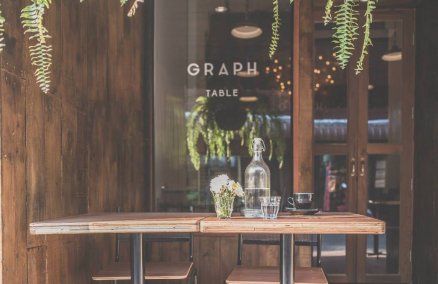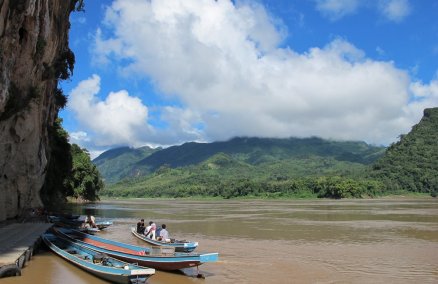Road Bike
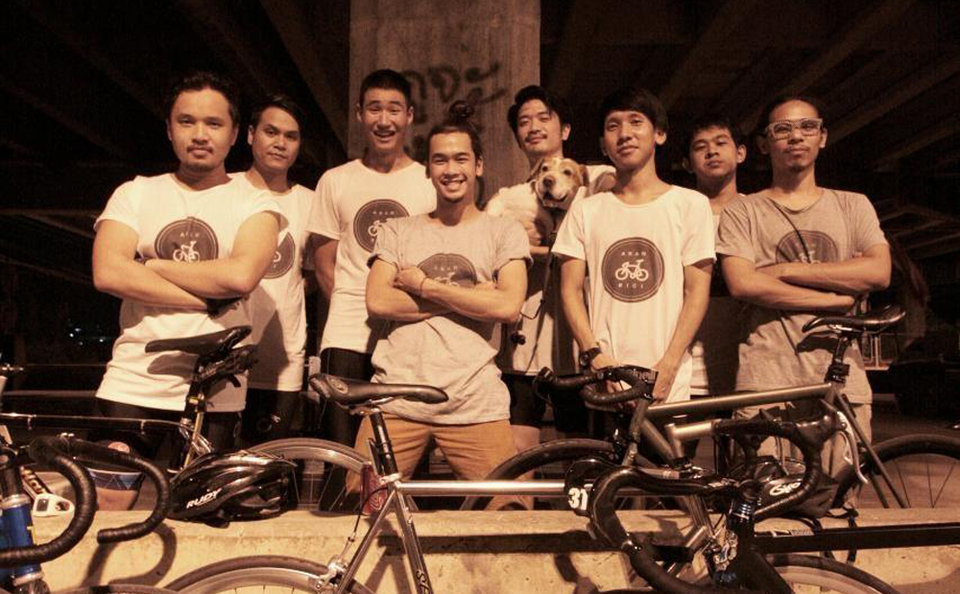
 Aran Kamonchan, owner of Aran Bicicletta Cicli & Cafe
Aran Kamonchan, owner of Aran Bicicletta Cicli & Cafe
I opened a bike café in Soi Ari (Phaholyothin 7) and we’ve been gathering more and more people that enjoy riding bicycles ever since. We also have a cycling team called “Aran Bicicletta Cycling Club."
When I was in Melbourne, my friends and I always rode our bikes to house parties and concerts. It was always a fun ride and someone usually fell off their bike.
Riding with others allows you to expand your knowledge about bikes together. We work on our bikes together, ride together, eat together, and basically live together, especially within our team.
Our beloved city wasn’t designed with bicycles in mind. Motorists also don’t expect to see bicyclists sharing the same road as them. There are no rules relating to how people should ride in Bangkok and how motorists should share the road with cyclists.
I dream of riding along the coast of Australia on the Great Ocean Road. It has such beautiful views and the road is super smooth.
The most difficult thing about riding a road bike is to really clear your mind and just enjoy the view and the ride; having fun, making jokes.
Get to know your machine well before going out on a big ride, and always ride with caution.
I’d recommend riding along the so-called “Local Road,” parallel to Vipawadi-Rangsit Road. But be prepared; bring lots and lots of lights if you ride at night, as we do on Tuesday night, since it’s quite dark. It’s a long and narrow route that we head to when we want to get up some speed.
Community
Life Cycling Bangkok
Founded a year ago and sponsored by Singha, the Life Cycling Bangkok is a bike club made up of celebrities, including Burin Boonvisut, Dome Pakornlum and Janesuda Parnto. Other than the usual meetings, the club also runs CSR projects with donations going to various charities. And guess what, you too can stay fit and on trend with a B500/year membership.
www.facebook.com/lifecyclingclub
Café Velodome
Situated at Thammasat Thaprachan campus, Café Velodome does coffee, tea and bakery treats with the owner vowing to make whoever wanders in fall in love with bikes. The place also tends to draw in an older bike crowd (early to mid-30s), compared to the younger fixie hipsters.
Thammasat University (Thaprachan Campus), 2 Prachan Rd., Bangkok, 02-623-6349. www.facebook.com/CafeVelodome
Mountain Bike
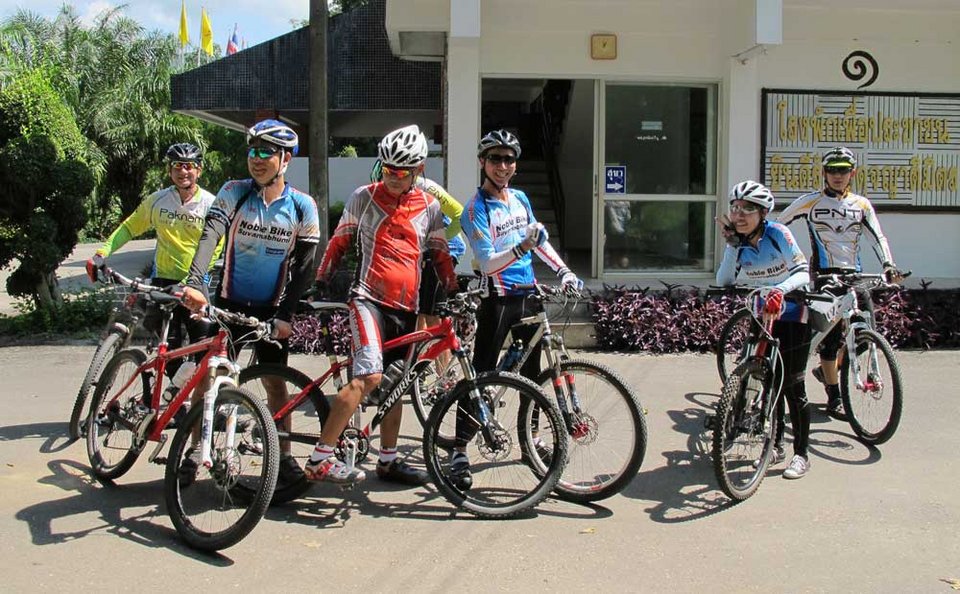
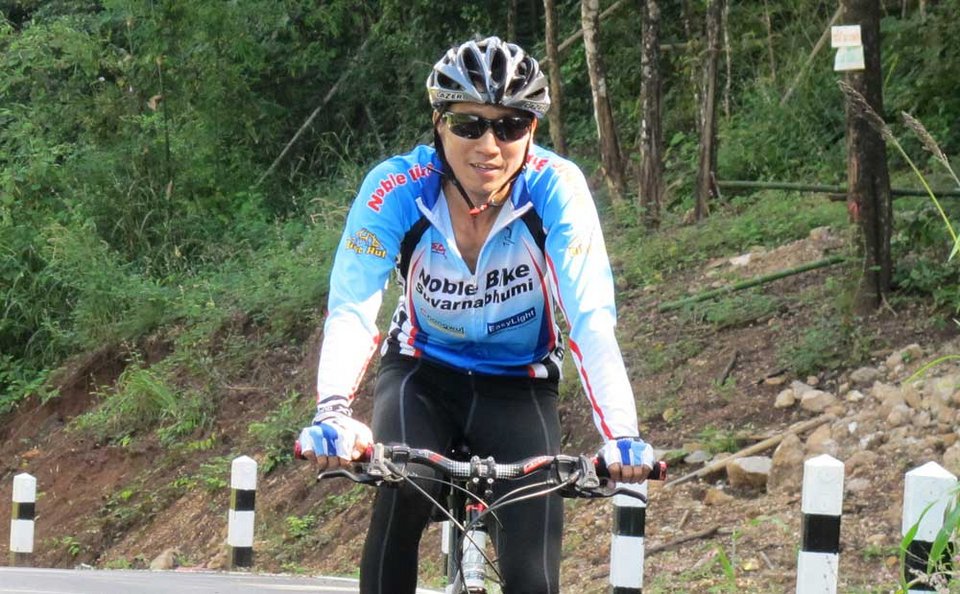 Aroon Jirakornkittinun
Aroon Jirakornkittinun
My first bike experience was on a BMX I rode when I was a kid. Then when we all became obsessed with global warming, I started riding a mountain bike.
I’ve made lots of friends from riding. You get to explore new things and see new places together—and, of course, waste money together buying accessories.
Car drivers in Bangkok lack road etiquette; this limits the chance for others to cycle around the city.
If you want to ride a mountain bike, I’d suggest going to the Train Market, Rama 9 Park or the area around the suburbs like Samut Prakarn where there are fewer cars and bumpy tracks.
Before going on each ride, you have to prepare your body. A good stretch is key since mountain biking requires lots of endurance. Make sure you have all your gear, including water, check your bicycle’s tires and brakes, prepare some food as well as electrolyte drinks to give you a boost as you ride up the mountains.
When I first started riding on mountain bike trails, I fell over a lot, I had bruises all over my body. It was scary but I never thought of quitting.
If you’re a beginner, try practicing under the Ramintra expressway, there are bicycle lanes there as well as some bumpy trails for you to get that mountain bike feel.
Trust me, don’t visit shops or websites too often, you’ll end up obsessing over every new accessory on the market!
Community
Thai Mountain Bike
Although this online community is also open to riders of other types of bikes, Thai Mountain Bike is a renowned go-to source for everything mountain bike, from actual bikes to routes and secondhand accessories.
www.thaimtb.com
Bike Loves
This online community is dedicated specifically to organizing mountain bike trips to locations outside of Bangkok, like Kanchanaburi and Nonthaburi, as well as recommending different routes for real down and dirty mountain bike experiences.
www.bikeloves.com
BMX

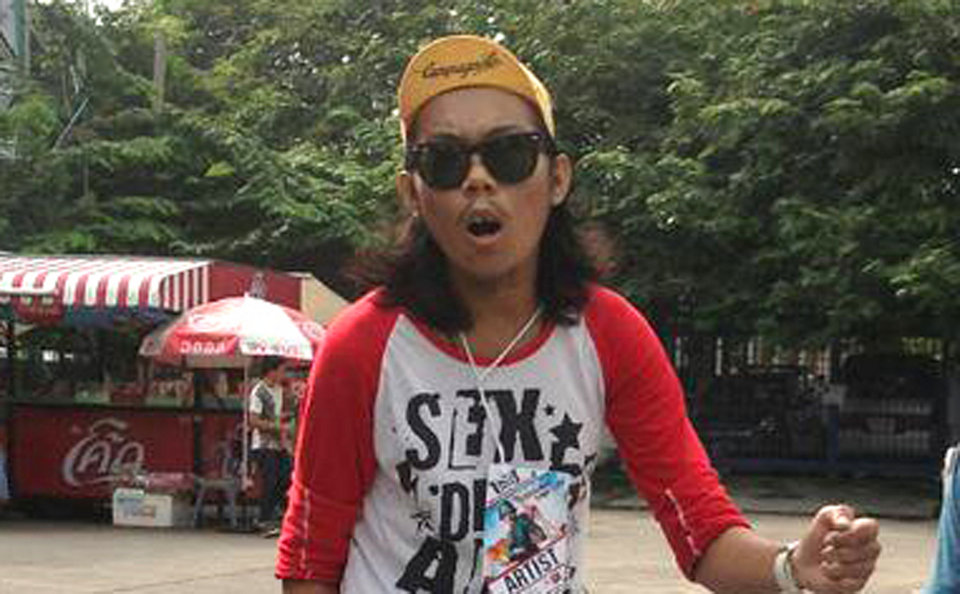 Varin Somprasong, founder of the Old School BMX Thailand community
Varin Somprasong, founder of the Old School BMX Thailand community
When my friends and I started riding, we were so crazy about it. We would ride until three or four in the morning—or even 8am sometimes!
Riding in a group lets you explore new things. Sometimes we're just looking for a new place to eat together or riding for hours just to get to the perfect spot to see some fireworks.
Riding a BMX makes you healthier. Performing the acrobatic moves takes strength, patience and endurance. It’s also has nostalgic value: every time I get on my BMX, I’m reminded of a time when I was younger, finishing my homework so that I could grab my bike and go ride with my friends.
I founded The Old School BMX Thailand community out of a shared passion with a few friends. Our numbers have grown tremendously, our meetings now reach up to about 50 bikers.
BMX is perfect for a city with crappy roads. It’s easy for you to avoid obstacles and these bikes are made to be quite durable. The downside is that because of the small wheel size, riding long distances just isn’t practical.
If you’re looking for BMX riders, then an easy spot to find us is in front of the old Bangkok City Hall. We start there around 7pm and usually end up at Khao San for some beers.
BMX is a huge commitment; accessories can be hard to find and very pricey. I’ve known people who have had their bike for years before it’s completely finished since they made mistakes buying the wrong parts or just ran out of money.
Community
Old School BMX Thailand
Everything BMX: from where to buy, who to ride with and where, Old School BMX Thailand has you covered.
www.osbmx-thailand.com
BMX 40 Plus
BMX 40 Plus is one of a few BMX communities that encourages BMX racing on BMX tracks and focuses on BMX modifications and accessories. www.bmx40plus.com
Fixed Gear Bikes

 Wararat Puapairoj, founder and manager at Velayenn bike shop, guitarist of Flure band
Wararat Puapairoj, founder and manager at Velayenn bike shop, guitarist of Flure band
We wanted Velayenn to be a place where everyone could come and kick back and ride together after work, hence the name.
We don’t care which kind of bike you ride, whether it’s a fixie, mountain bike or city bike, everyone is welcome.
Fixed gear bikes are simple and practical. The bikes are highly customizable which allows you to design one to your preference. Maintenance is easy since there are less parts than normal bikes and riding is simple, like an extension of your body.
I took my bike on a plane and got a chance to ride it in Japan and the US. That’s the craziest thing I’ve ever done with my bike.
Lots of people think it’s dangerous to ride a bike in Bangkok due to all the cars, but if you know your route, wear safety gear or ride in a group, it really isn’t a problem.
If I could ride anywhere, I’d go for the route used for the Tour de France.
Many fixed gear bikes don’t have brakes, so you have to calculate the distance before you attempt to slow down and be able to think about whether there’s a chance someone could cut you off. It forces you to be cautious and focused.
You can find lots of bikers, and not just fixies, around King Chulalongkorn Monument. It’s a good place to start out for beginners.
The Rattanakosin Island area at night is a great place to ride: the road is beautiful, there are lots of great views and not too many cars.
Community
Velayenn Shop
This famed bicycle joint is more of a bike garage than a café in our opinion (not that it’s a bad thing). And with the owner’s passion for fixed gear rides and the knowledgeable crowd that rides anything from road bikes to city bikes, think of it as a go-to Bike 101 café.
808/15 Soi Thararom 2, Sukhumvit Rd., 080-900-2610. www.facebook.com/velayenn.shop
Fixed Gear is not a Crime (online)
Co-founded by the owner of Sweet Pista Café, this online community is
all about riding together in the hope of changing society's perception of fixed gear as a clichéd trend.
www.facebook.com/fixedgearIsnotacrime
Sweet Pista
Although the place is a café serving American, Italian and Thai dishes and bakery treats, owner K. Yai is a friendly fixed gear fanatic, so don’t be alarmed by all the fixies parked out front.
Sukhumvit Soi 31, Sukhumvit Rd., 02-662-2866. www.facebook.com/sweetpistabangkok?fref=ts
Make More Friends
Smile Riders Club

Founded by cycling activist Noppakun Dibakomuda, Smile Riders Club is a community that specializes in teaching people how to use bike riding as a genuine form of transportation in the city. Members span bike riders of all different skill and experience levels, from four-year-old boys to aunties. www.facebook.com/groups/smileriders
Night Ride Club

For those not so keen on riding on the city’s hectic streets, the Night Ride Club could be your new best friend. The group is open to bike riders of every type and meets at 6pm every Tuesday and Thursday at parking lot F, Suvarnabhumi Airport. Do away with all the traffic, pollution and bumpy roads, here you get scenic views of the suburbs and the night sky, all enjoyed from a super-smooth, well-lit 13km loop of road around airport. http://www.facebook.com/NightRideClub.BKK
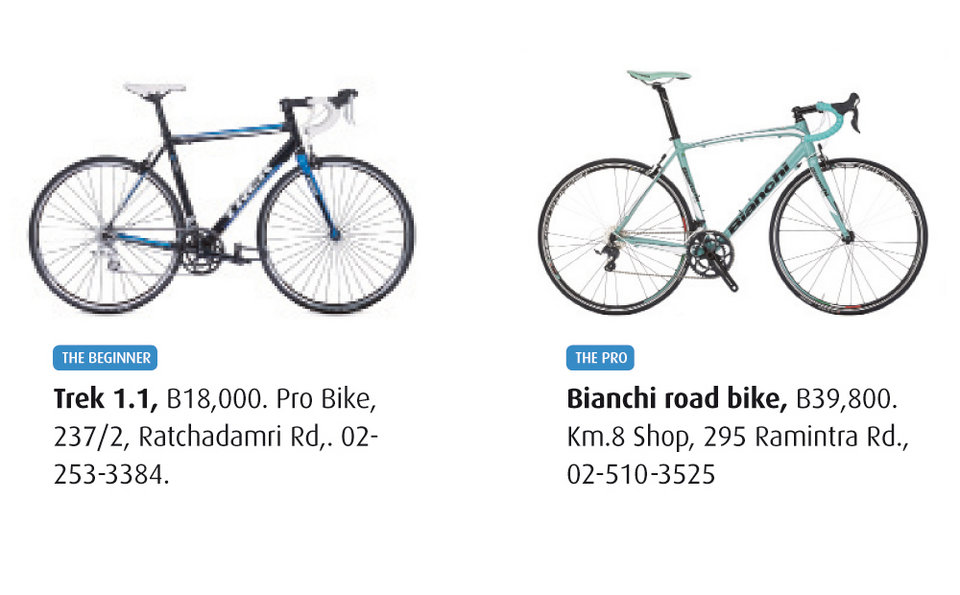
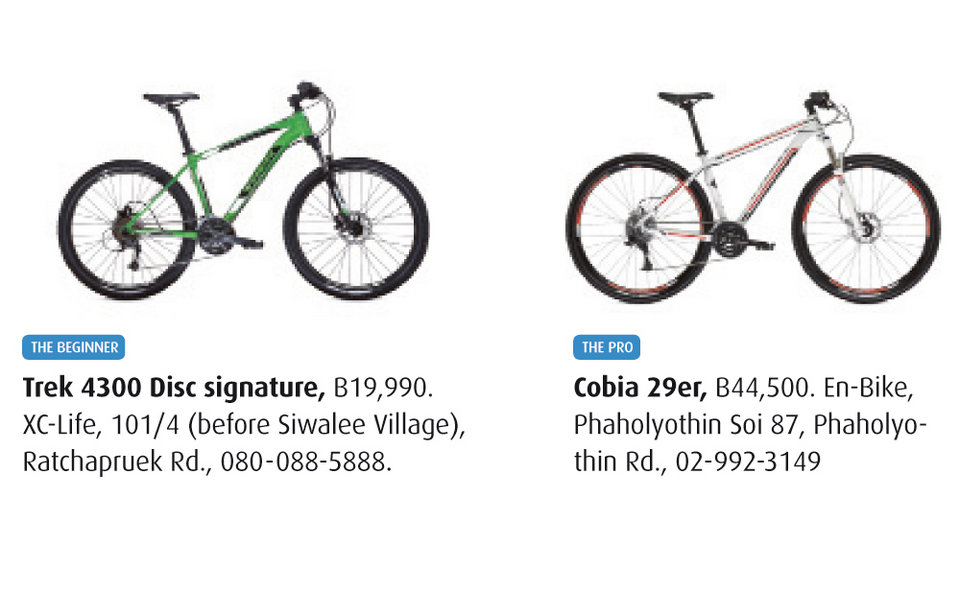

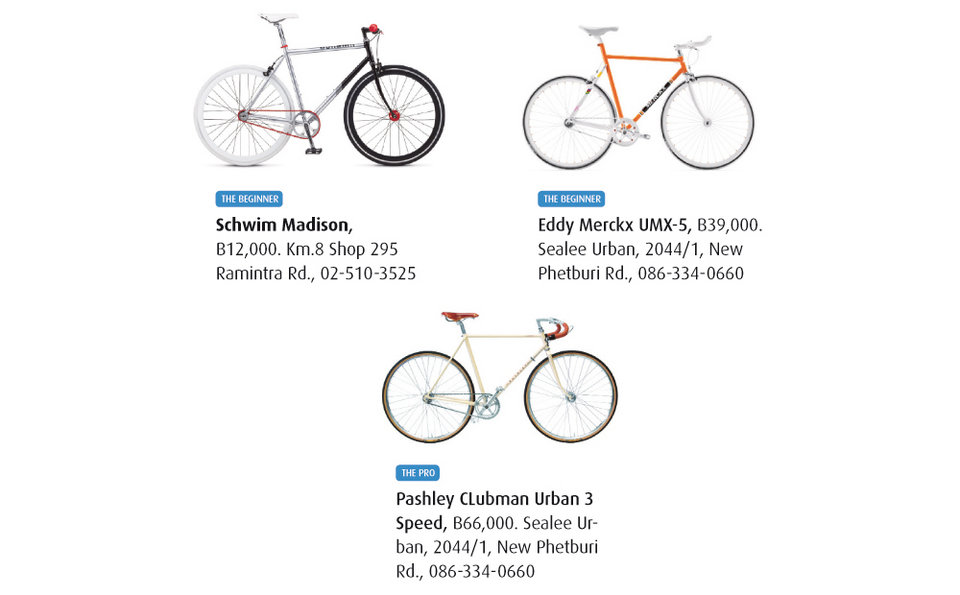










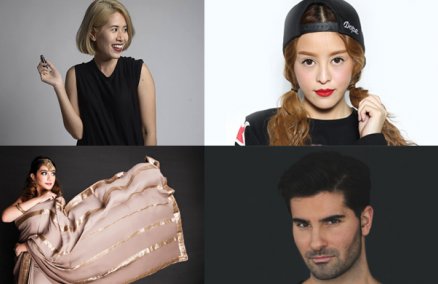
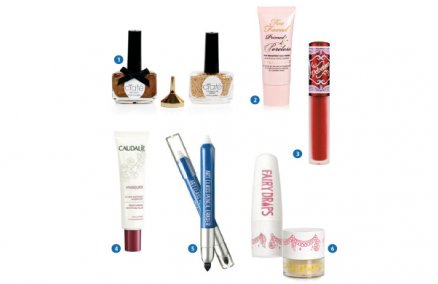
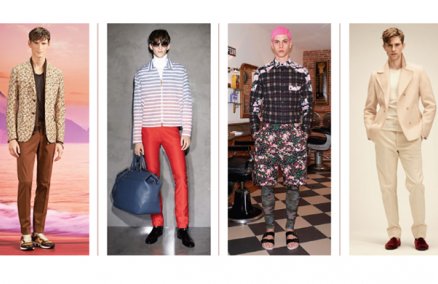




 Aran Kamonchan, owner of Aran Bicicletta Cicli & Cafe
Aran Kamonchan, owner of Aran Bicicletta Cicli & Cafe
 Aroon Jirakornkittinun
Aroon Jirakornkittinun
 Varin Somprasong, founder of the Old School BMX Thailand community
Varin Somprasong, founder of the Old School BMX Thailand community
 Wararat Puapairoj, founder and manager at Velayenn bike shop, guitarist of Flure band
Wararat Puapairoj, founder and manager at Velayenn bike shop, guitarist of Flure band






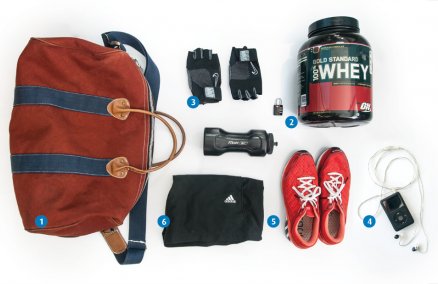





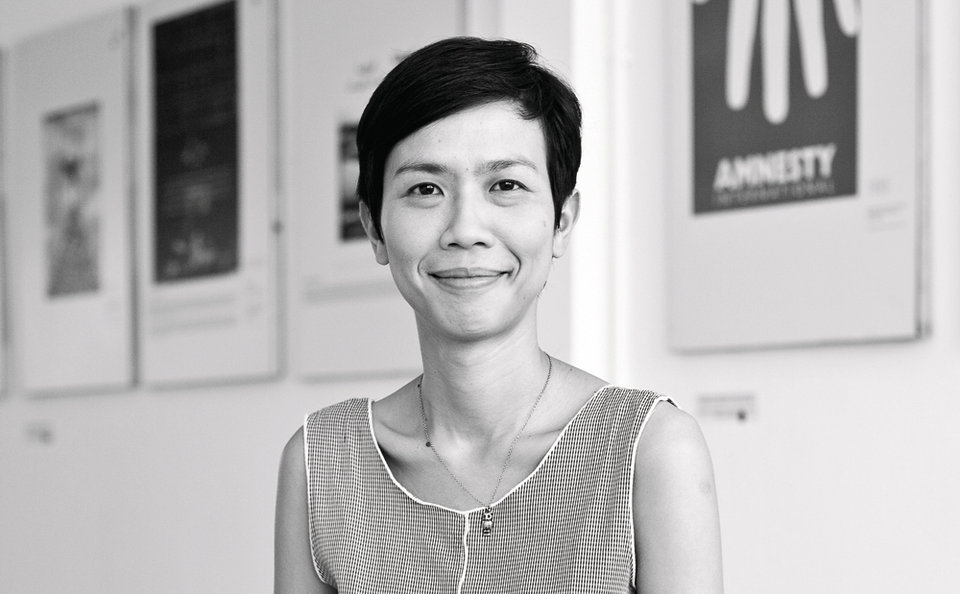 I once heard you say that WTF, the bar, was designed to fund the gallery. Is that still the case?
I once heard you say that WTF, the bar, was designed to fund the gallery. Is that still the case?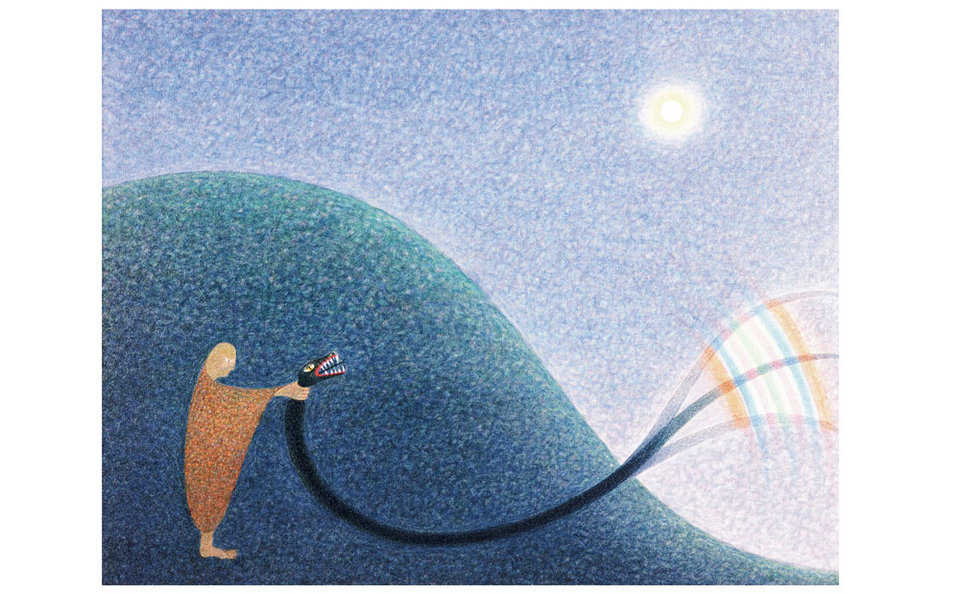
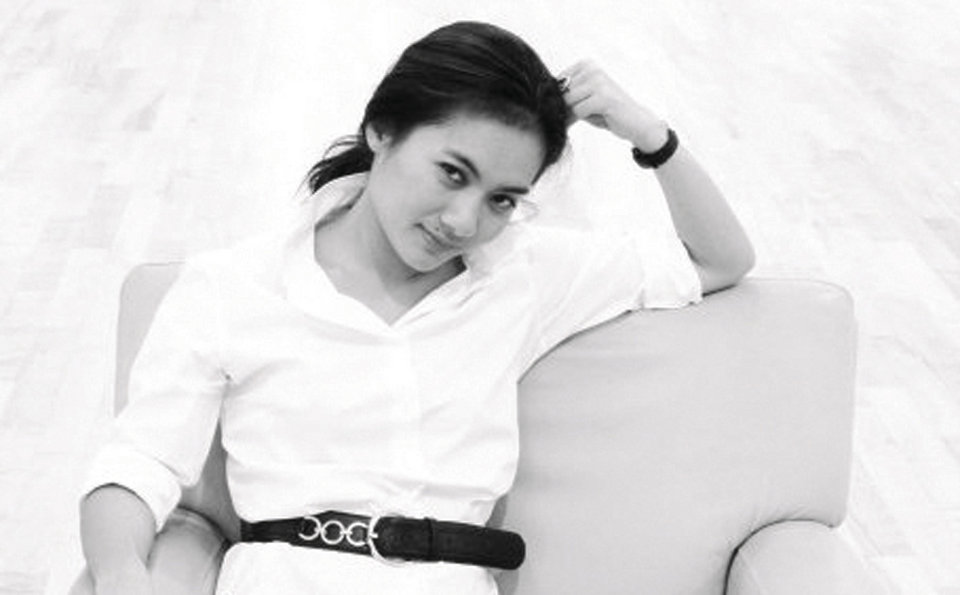 Sombat Permpoon is both a shop and a gallery?
Sombat Permpoon is both a shop and a gallery?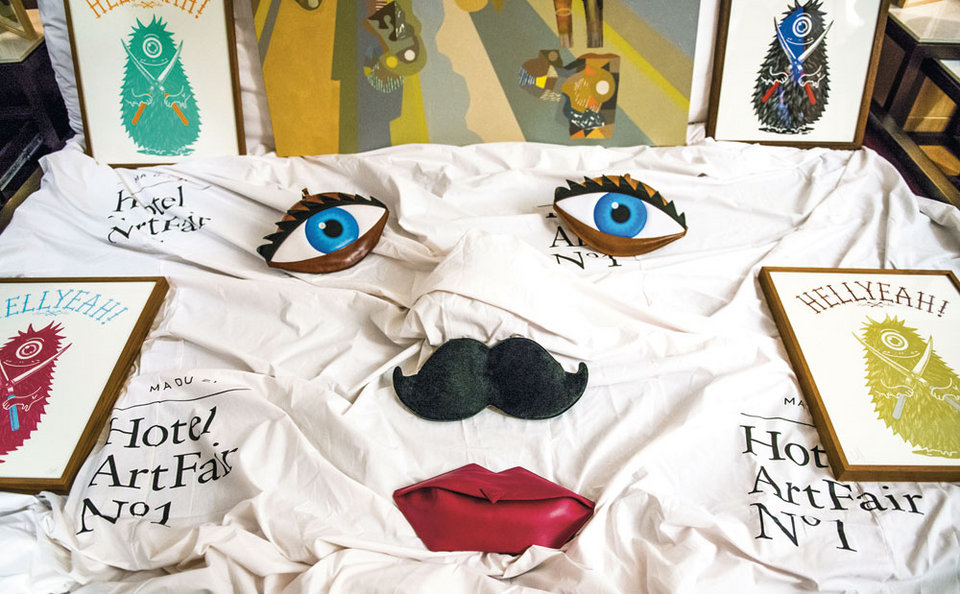
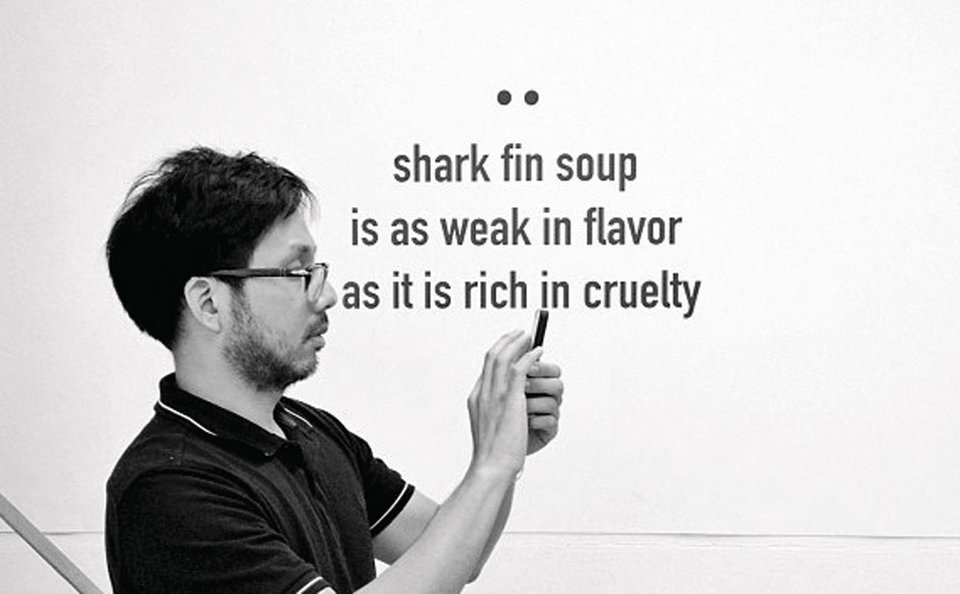 What was the motivation behind the Hotel Art Fair you organized last February at Ma Du Zi?
What was the motivation behind the Hotel Art Fair you organized last February at Ma Du Zi?
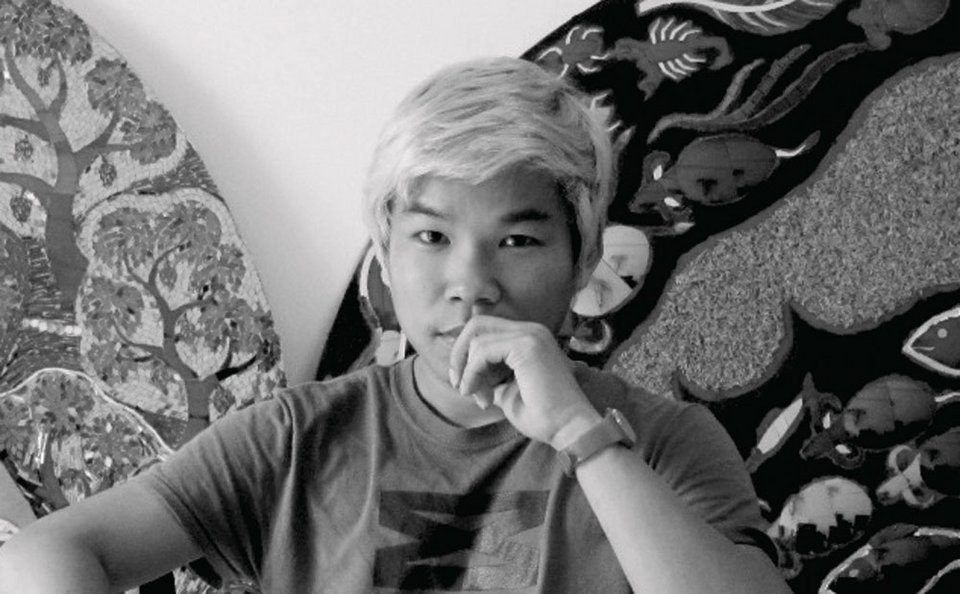 As an artist, can you make a living?
As an artist, can you make a living?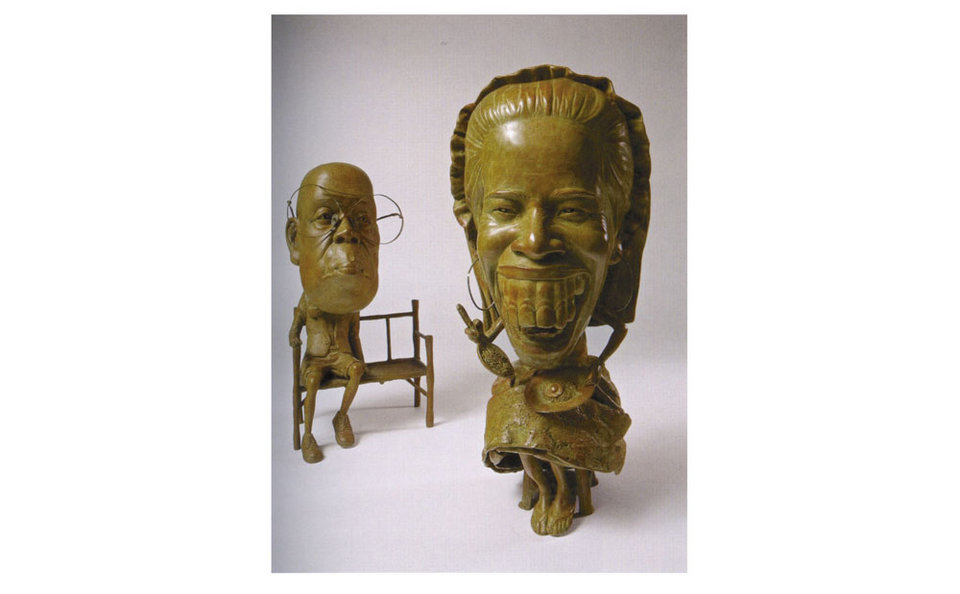
 Why aren’t we seeing contemporary art auctions in Thailand?
Why aren’t we seeing contemporary art auctions in Thailand?
